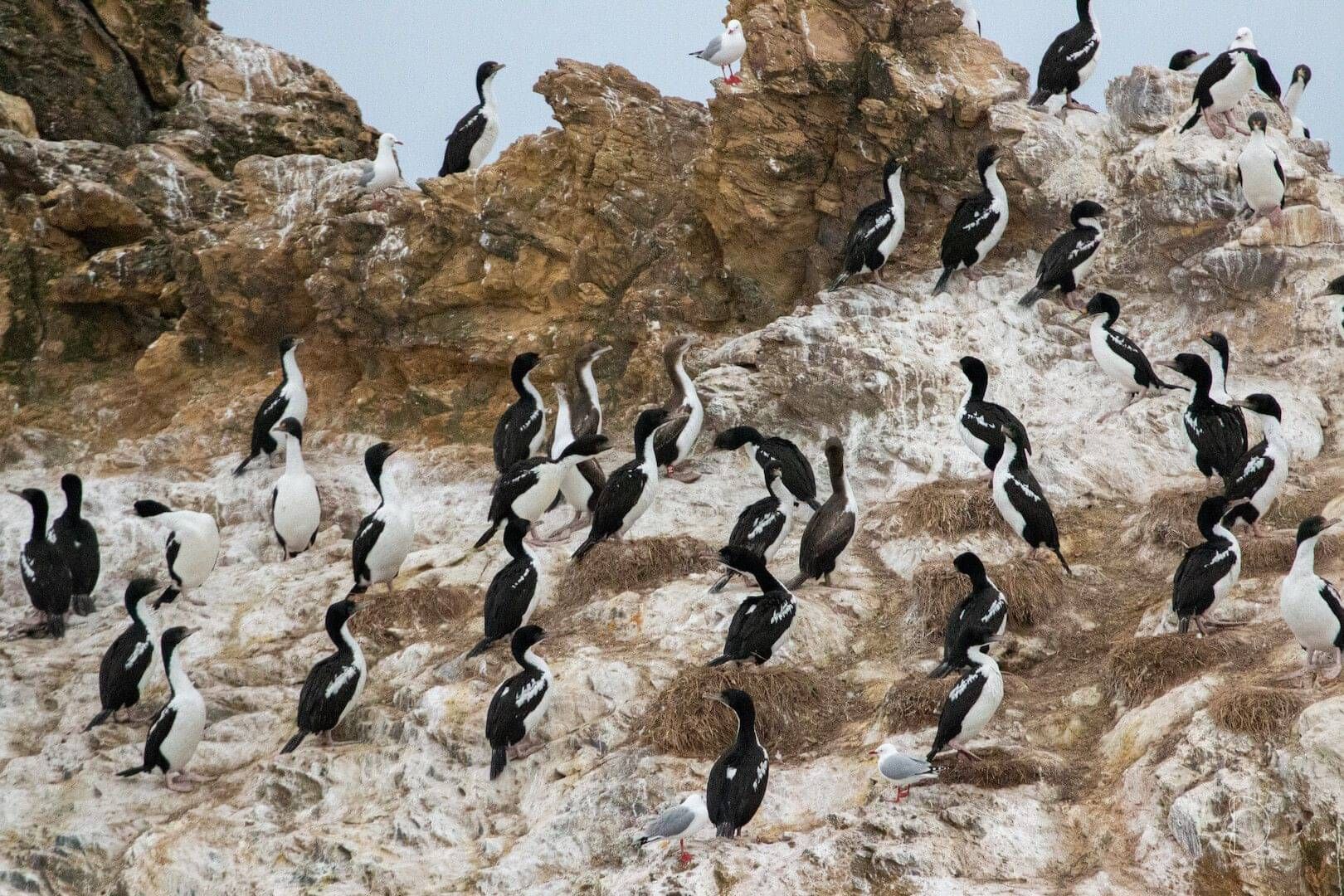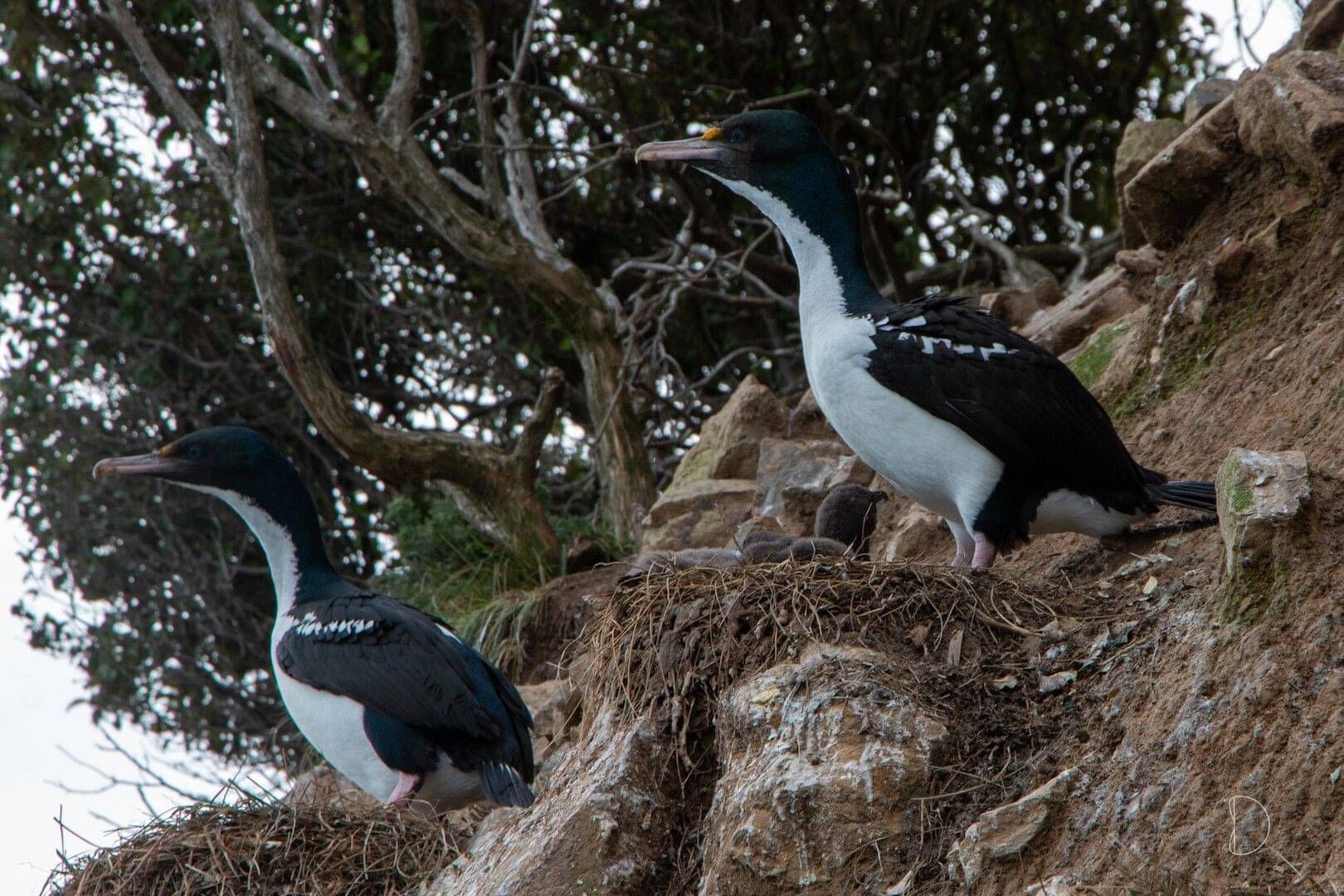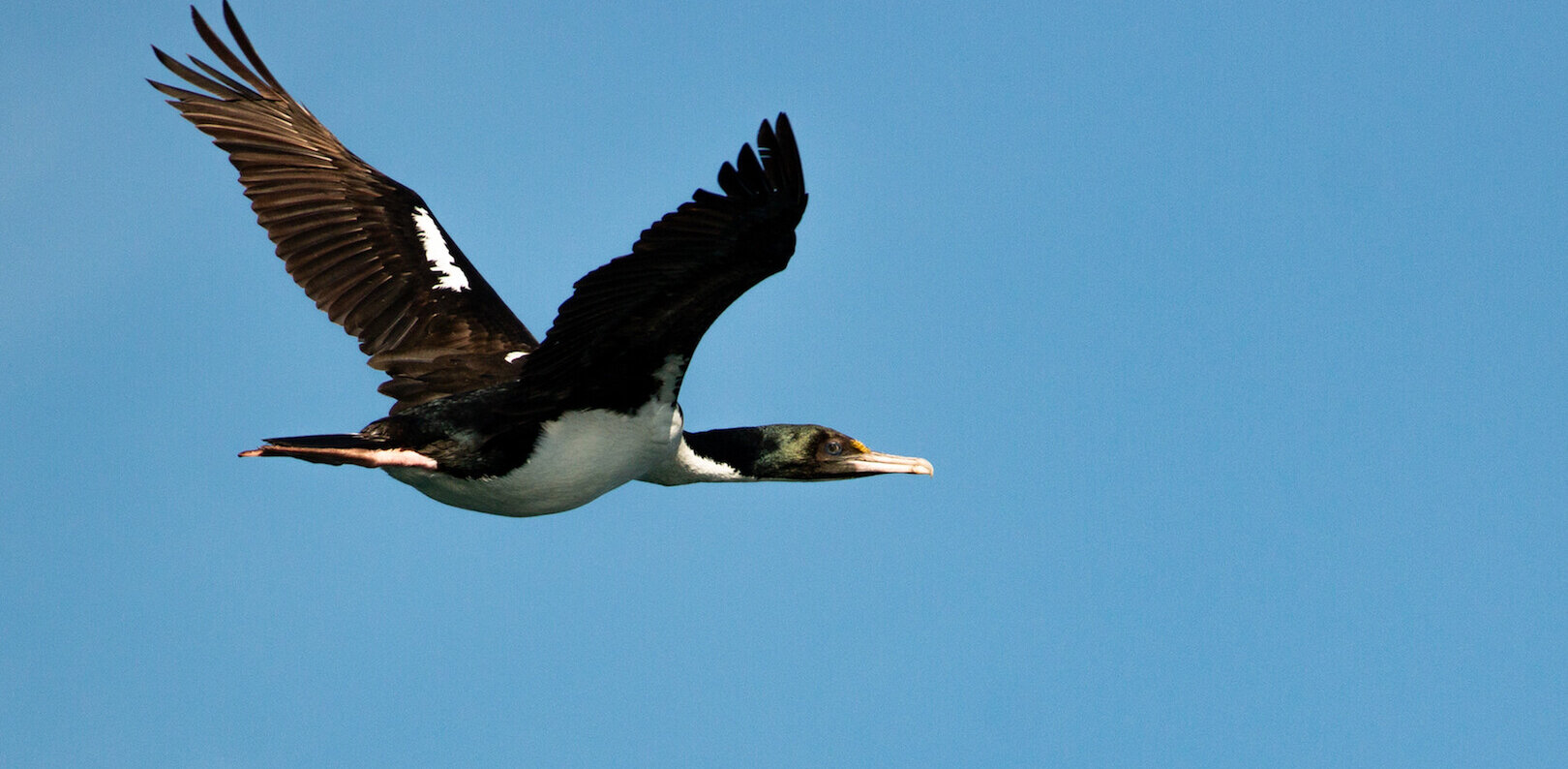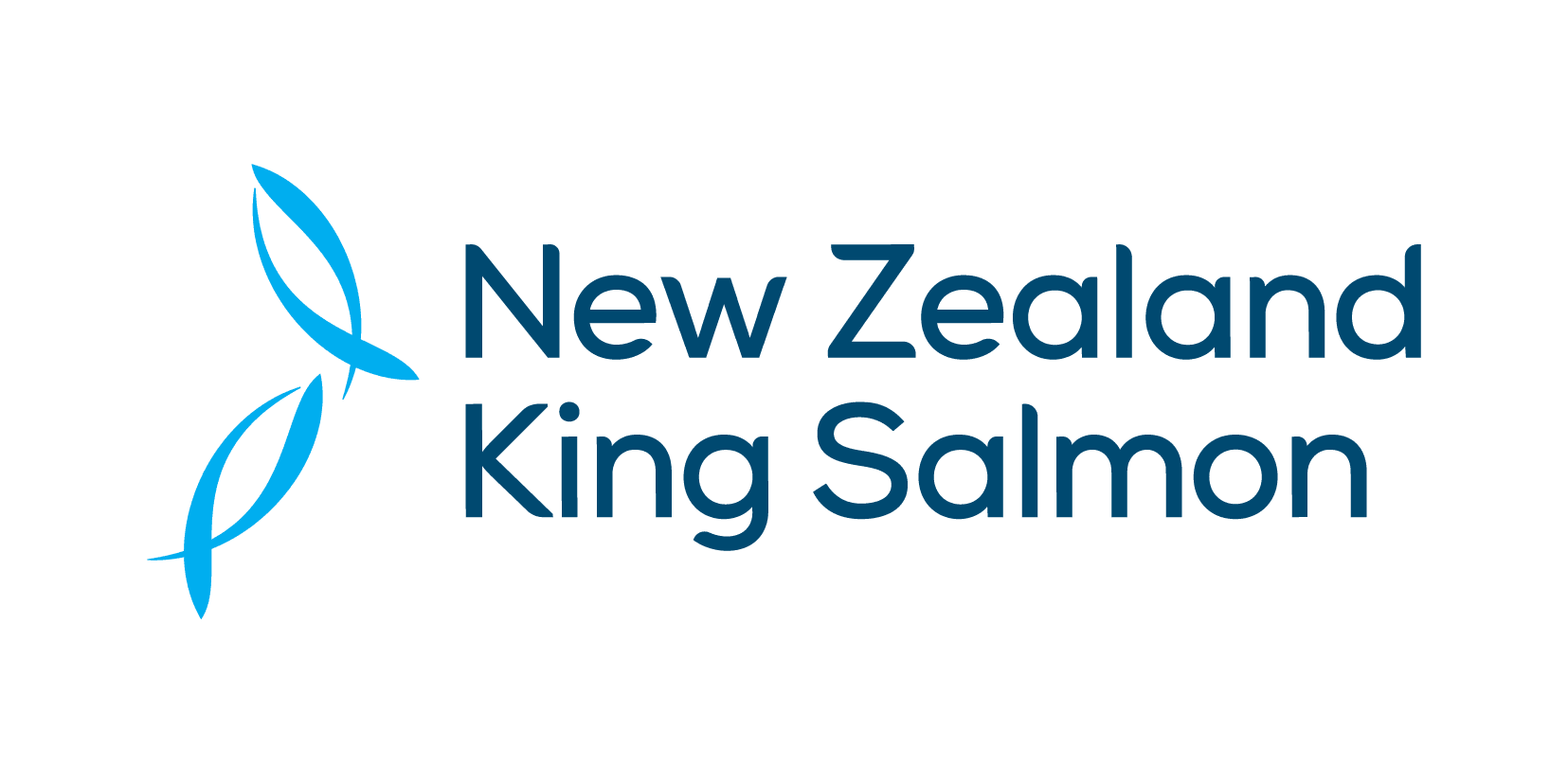The New Zealand King Shag (Leucocarbo carunculatus) is a rare species of marine cormorant found only in the Marlborough Sounds. The total population comprises of around 800 birds who breed on only ten tiny rock outcrops scattered throughout the Outer Sounds. Despite often nesting close to the waters edge in exposed locations, the population is thought to have remained relatively stable for the last 50 years.
King Shag are very different to the other species of shags found in the Sounds, especially the more familiar Pied Shag which is attracted to boats and chases released fish hoping for an easy meal. King Shag are very wary, they never approach boats and will fly away if you get too close. A guide to spotting and identifying King Shag can be found below.
They predominantly feed on benthic (bottom dwelling) fish species and have been recorded diving to depths of over 60m. This is amazing for a bird that can also fly pretty well!
Little is known about the ecology of King Shag and historically a lack of understanding on how the birds interact with aquaculture had been used to oppose resource consents. With this in mind, the Marine Farming Association (MFA) formed the King Shag Working Group which includes representatives from the aquaculture industry, the Ministry for Primary Industries, Iwi , Marlborough District Council and the Department of Conservation.
In 2019, MFA partnered with Seaford Innovations Limited and industry members to fund an extensive research programme on King Shag. The three-year project includes chick banding and GPS tracking of adults birds and has delivered some amazing results, most of which are ‘new to science’. So far we have discovered that King Shag have very individual foraging behaviour, with some birds preferring shallow water over a soft bottom, while others prefer to dive deep around reef structures. Just like us, they all seem to have their preferred fishing spots.
The GPS data is also showing birds quite happily feeding within or near marine farms and that all birds will stop off on mussels farms to digest their meal after feeding. This banding and tracking work is complemented by population census work funded by New Zealand King Salmon; and colony surveys, eDNA analysis and otolith research funded by MPI and DoC.
NOTE: King Shag at colonies or roost sites are very susceptible to disturbance and any boats approaching too close will cause a mass stampede as the birds escape. This can cause breeding failure as nests are trampled, or gulls predate on unguarded eggs and small chicks. You can do your part to help King Shag by remaining more than 200m away from any colony.
This project is possible thanks to...
Photo Gallery




















